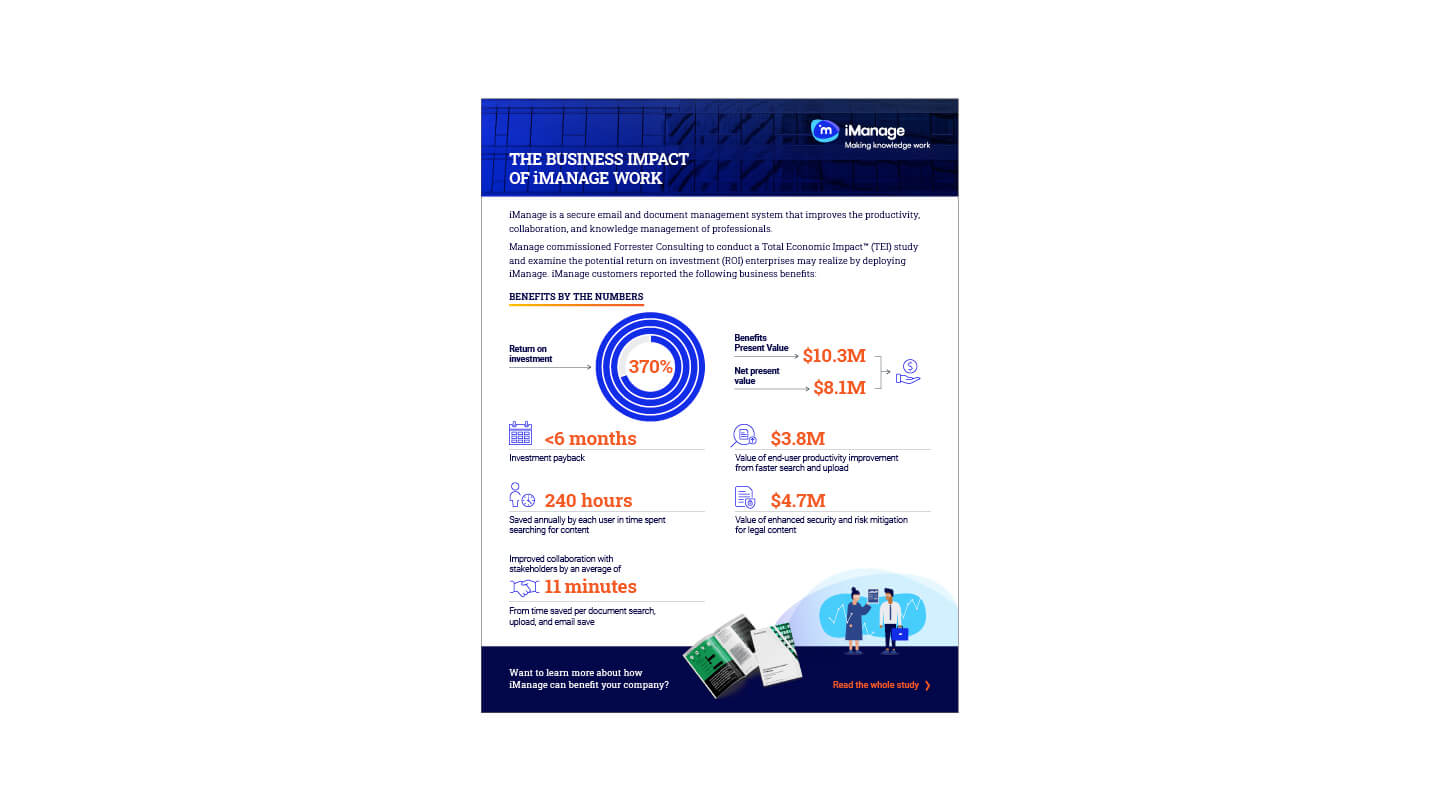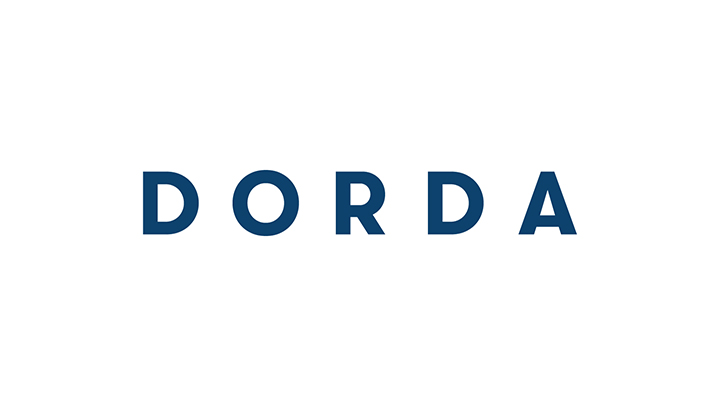I have participated in hundreds of technology adoption projects in my career and have seen first-hand that professionals — highly experienced in the good and bad of technology rollouts — consistently give limited attention to user adoption.
Adoption tasks by my estimation typically occupy as little as 5-10% of most technology project plans. And those efforts grow even more scant after project completion, with fewer than 10% of our customers inquiring about post go-live adoption activities.
I attribute this lack of adoption focus to a project management-oriented mindset where the goals are to get the basics working and deployed on-time and on-budget.
Here’s the irony, users couldn’t care less if project milestones were completed. They will however, offer brutally critical feedback or engage in open rebellion toward any rollout that is ill-conceived, disruptive, or counter-productive to the way they want to work.
Conversely, I have found that what positively influences users is confidence:
- Confidence that the technology was conceived and designed with their requirements in mind and will eliminate nagging technology annoyances
- Confidence that the technology is responsive and reliable
- Confidence that their sentiments about what’s working and what’s not will be heard and addressed
Adoption is usually typically achieved when you can sustain user confidence in most of these areas over time.
Technology adoption efforts go along a continuum that begins months before rollout and ends only when your solution is replaced by new technology. The pinnacle of sustained adoption is engagement, where a significant number of your users are personally invested in the technology (think iPhone/Android type enthusiasm). Achieving mobile phone levels of user engagement is indeed a high bar, but it represents true north in the technology business.
With that as our compass, this is the first in a series of user adoption blogs that will explore the biggest user adoption factors to consider when planning an iManage rollout.

Other blogs will include:
“Why?” The Most Basic Question
Can everyone impacted by your rollout succinctly answer this question? If the answer is no, then it could be indicative of a litany of larger problems that begin with the failure to map the tech to measurable business objectives and end with the absence of a communications plan.
We’ll discuss how to tie the project to the things that matter to both your business and to your users: costs, efficiency, competition, client responsiveness, mobility, risk and security. Once you’ve solidified the why in the minds of your organization, and have allowed it to guide your priorities, decision making and communications will become academic. This also includes the overwhelming decision of on-prem and cloud use.
Entire Desktop Makeover vs. Single Application
Many of you have been a part of that meeting where the idea emerges to fold the iManage rollout into the 5-year, organization-wide tech refresh. In addition to a new DM system, these mammoth rollouts normally include a new device and OS, as well as word processing, matter management, and accounting solutions. There are in fact benefits to this approach. The drawbacks shouldn’t be overlooked, however. We’ll explore both sides of the equation.

Security
Imagine that you are working on a system that has a policy requiring you to supply your full username and two-factor password every three minutes. Is this system secure? Yes! Outside of the most extreme security scenarios, it is also an impediment to productivity. When a security measure greatly overshadows getting work done, it’s usually wrong for your business. We’ll explore why you must take a multi-pronged approach to security so you also can keep your users productive.
Additional Topics
In addition to the topics above, stay tuned for future posts in our change management series that will feature:
- What DM asks from users are risky and why?
- The key elements of a communications plan
- The pros and cons of workspace design
- Introducing users to free iManage self-help tools on YouTube and the web
- Critical change management tasks that need to happen by Day 1
- How not to forget about your users after a successful rollout
If you have a topic that you would like to see explored on this blog simply email us at training@imanage.com.
For more information about upgrading to iManage Work 10, click here.





